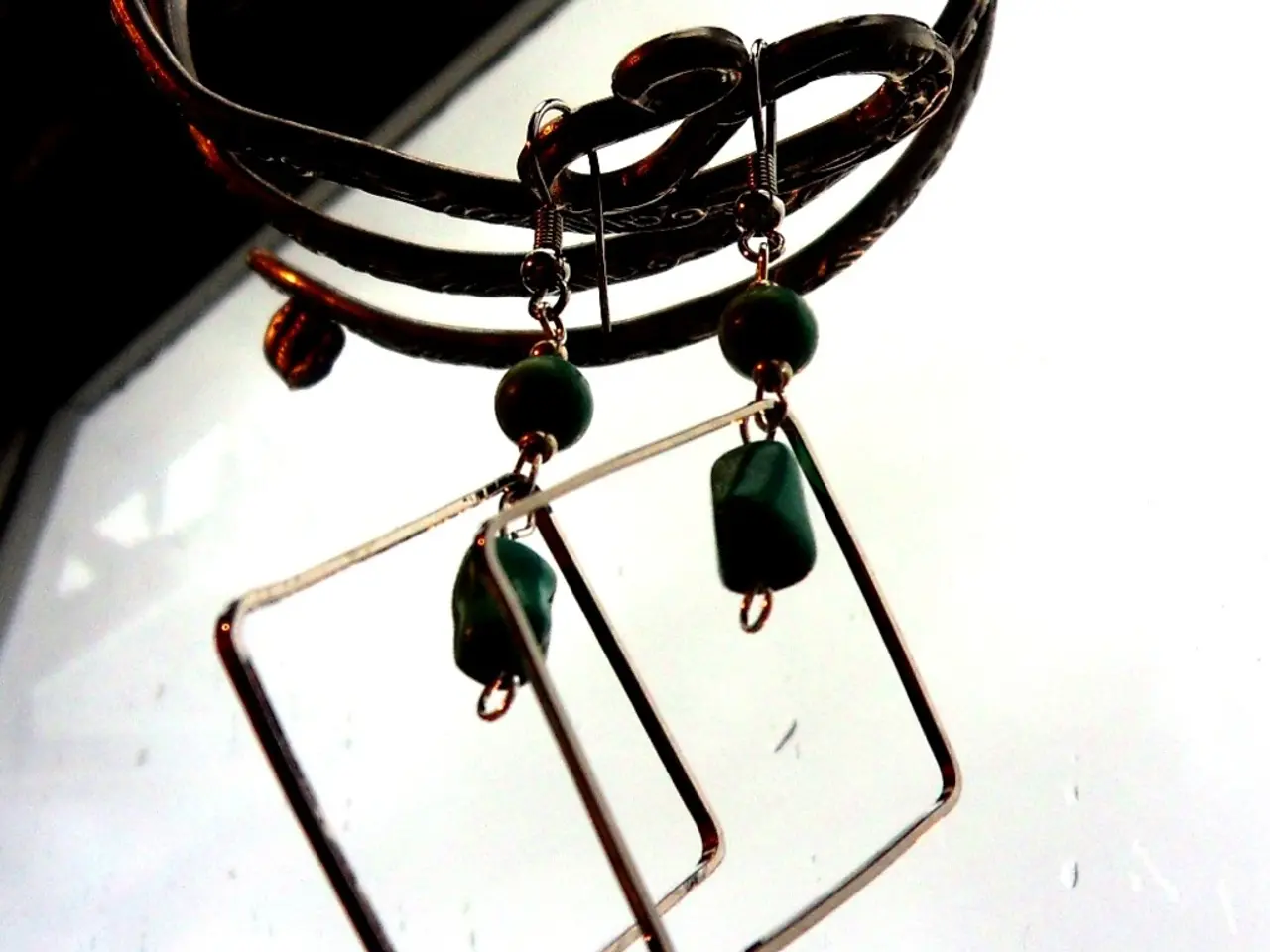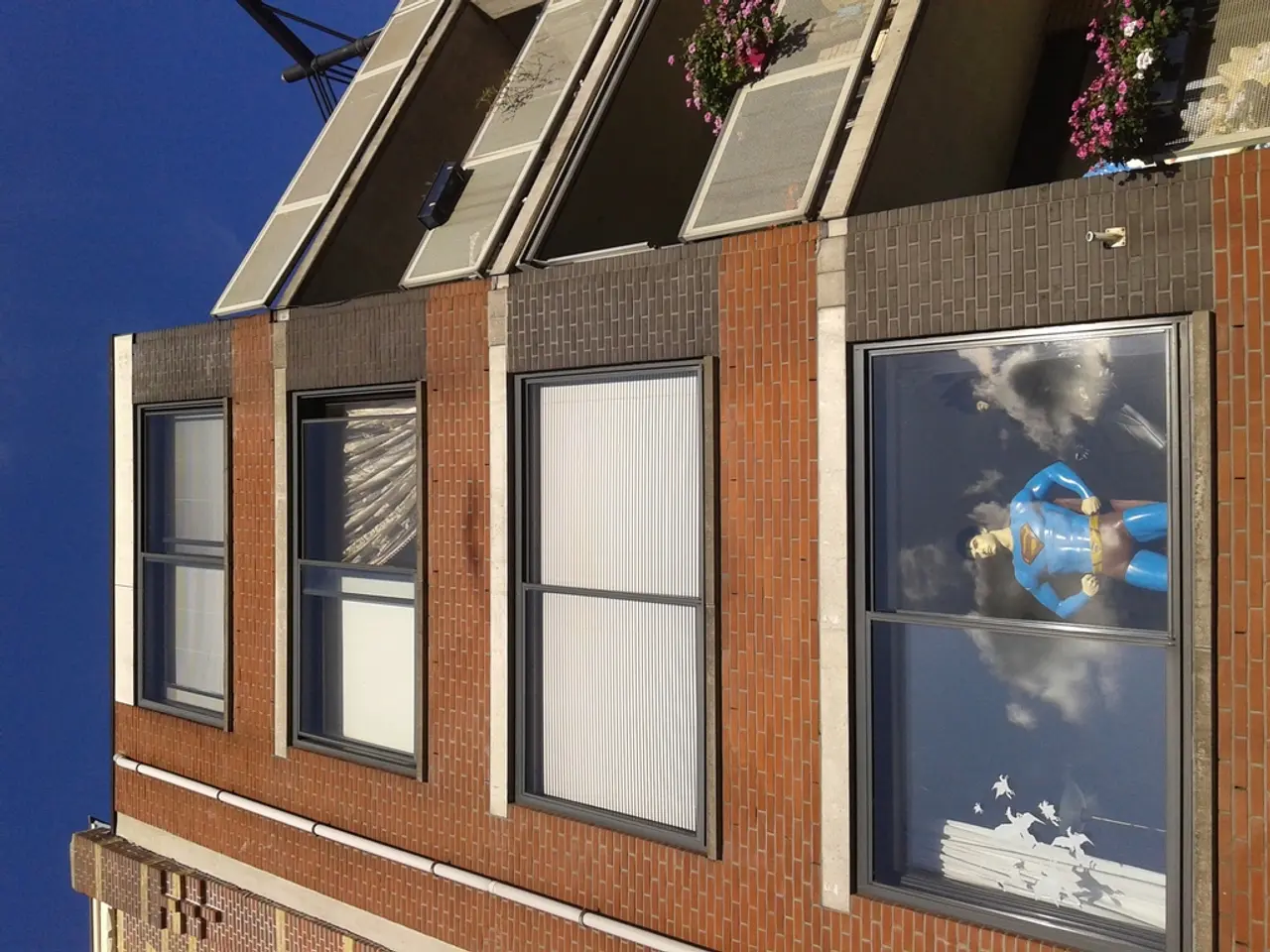Acoustic Neuroma Explained: A Deep Dive into Bilateral Acoustic Neuroma
Living with Bilateral Acoustic Neuroma can be challenging, but there are several strategies you can implement at home to help manage symptoms effectively. This article provides an overview of the condition, treatment options, and lifestyle changes that can help you navigate your health journey.
Stress can exacerbate symptoms, so incorporating relaxation techniques into your daily routine is essential. Consider practicing mindfulness or meditation, engaging in low-impact activities like yoga or tai chi, and maintaining regular check-ups with your healthcare provider.
Noise sensitivity is a common symptom associated with bilateral acoustic neuroma. To minimize discomfort, consider soundproofing your home, using rugs, curtains, and acoustic panels, and designating a quiet area in your home where you can retreat when feeling overwhelmed.
Hearing loss can be a significant concern for those with bilateral acoustic neuroma. Consult with an audiologist about the possibility of using hearing aids to enhance your hearing capabilities, and inform friends and family about your condition so they can communicate more effectively with you.
Understanding the condition, treatment options, and the long-term outlook can help you navigate your journey more effectively. Treatment for Neurofibromatosis Type 2 (NF2), a genetic disorder characterized notably by bilateral acoustic neuromas, includes a combination of surgery, radiation therapy, chemotherapy, reconstructive procedures, rehabilitation, and emerging targeted therapies.
The primary treatment for removing or reducing tumor size is surgery. Types of surgery vary based on tumor location, size, and depth. Minimally invasive techniques aim to reduce complications and preserve function, especially facial nerve and hearing preservation. Focused Radiation Therapy, such as stereotactic radiosurgery, intensity-modulated radiation therapy (IMRT), and proton therapy, are used to control tumor growth, often when surgery is not feasible or as adjuvant therapy post-surgery to prevent recurrence.
Chemotherapy is used in cases with multiple or fast-growing tumors to slow or stop tumor progression and sometimes improve symptoms like hearing loss. Drug selection is individualized, and side effects are managed by specialized care teams. Reconstructive Surgery is for restoring facial nerve function and eye closure affected by tumor or treatment-related damage. Rehabilitation includes therapies for speech, swallowing, balance, physical and occupational needs, often required due to neurological impairment.
Emerging and experimental therapies include Targeted Therapies, such as MEK inhibitors (e.g., selumetinib) and mTOR inhibitors, which show promise in managing tumors by targeting molecular pathways involved in NF2 tumor growth. Gene Therapy, using techniques like CRISPR, is being researched to correct the underlying NF2 gene mutations, aiming for long-term treatment or potential cure in the future.
Patients are often encouraged to participate in clinical research exploring novel drugs, targeted therapies, and gene therapies to improve outcomes. Additionally, genetic counseling and advanced genetic testing are crucial to inform personalized treatment plans.
Many individuals with bilateral acoustic neuroma experience difficulties with balance and coordination. To prevent accidents, keep walkways clear and remove any tripping hazards, and consider using a cane or walker if you feel unsteady.
The retrosigmoid approach and the translabyrinthine method are common surgical approaches for removing or reducing tumor size. The retrosigmoid approach involves an incision behind the ear, similar to the translabyrinthine method, but the surgeon approaches the tumor from a different angle, allowing for the preservation of hearing in some cases and is often preferred for smaller tumors. The middle fossa approach is less common and is typically used for smaller tumors located higher up in the skull. This method allows for access to the tumor while preserving hearing and facial nerve function, but it requires a more complex surgical technique and is not suitable for all patients.
Regular visits to your healthcare provider are crucial for monitoring your condition and discussing any new or worsening symptoms. Connecting with support groups or organizations focused on neurofibromatosis type 2 can provide valuable resources and emotional support.
Thus, NF2 treatment is multidisciplinary, tailored to tumor burden, symptoms, and patient condition, balancing tumor control with quality of life preservation.
- In addition to home management strategies, seeking genetic counseling and advanced genetic testing can help inform personalized treatment plans for managing Neurofibromatosis Type 2 (NF2), a chronic disease associated with bilateral acoustic neuroma.
- For individuals dealing with chronic conditions like bilateral acoustic neuroma, participating in clinical research exploring novel drugs, targeted therapies, and gene therapies can potentially improve outcomes, including emerging treatments like MEK inhibitors and mTOR inhibitors.
- Living with conditions like chronic diseases and neurological disorders, such as bilateral acoustic neuroma, necessitates ongoing health and wellness practices, like The retrosigmoid approach and the translabyrinthine method, which are common surgical approaches for removing or reducing tumor size.



